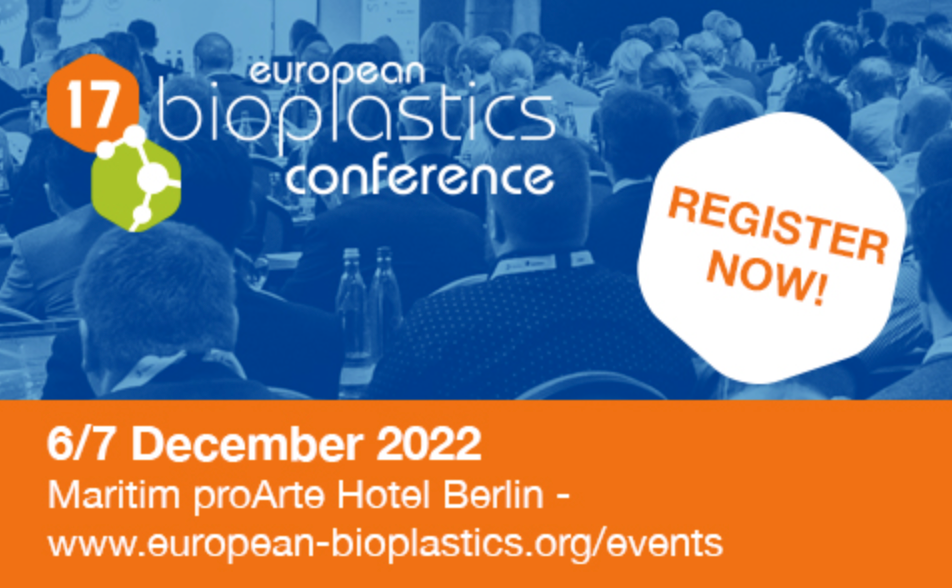The European Bioplastics organisation gave me a heads-up on this. interesting development about the EU’s Product Environmental Footprint (PEF) method, which can help companies calculate their environmental performance based on reliable, verifiable and comparable information, and for other actors (public administrations, NGOs, business partners, for example) to have access to such information. The fundamental principle of this method is based on Life Cycle Assessment (LCA). The PEF method could become the EU’s guiding approach for environmental impact assessment, and therefore the European Bioplastics, along with other European industries producing bio-based products, recently released their position statement recommending a fairer and more accurate accounting for the footprint of biogenic carbon in a cradle-to-gate LCA.
According to this article in Politico.eu, the currently proposed PEF rules addressing biogenic carbon do not recognized the benefit in the use of biogenic carbon at the beginning of the product life cycle, and therefore, there is no appropriate incentive to use bio-based resources over fossil-based materials.
Nine European associations, jointly representing industries producing bio-based products, recently proposed an alternative methodology outlined in their position statement. The proposed approach gives credits for the use of biogenic carbon when renewable resources are used and imposes a burden when carbon is incinerated at the end of life — equally for all sources, be they fossil or bio-based.
More background about the proposed PEF method on this link.
By the way, the Green Chemicals Blog is once again happy to be a media partner for this year’s 17th European Bioplastics Conference! I am sure this issue on the proposed PEF method will be thoroughly discussed at the conference, which will be held on 6-7 December in Berlin, Germany. Look out for an incoming discount code exclusively for GCB newsletter subscribers next month!





